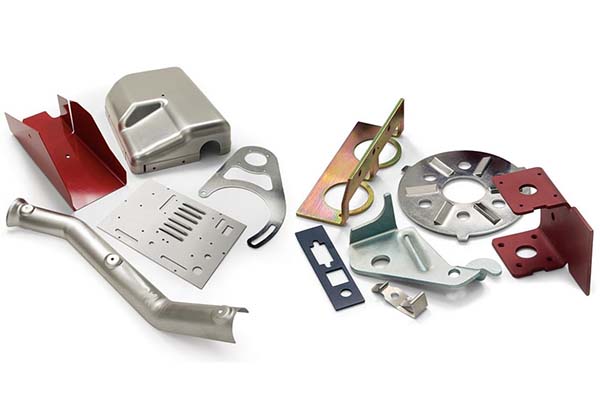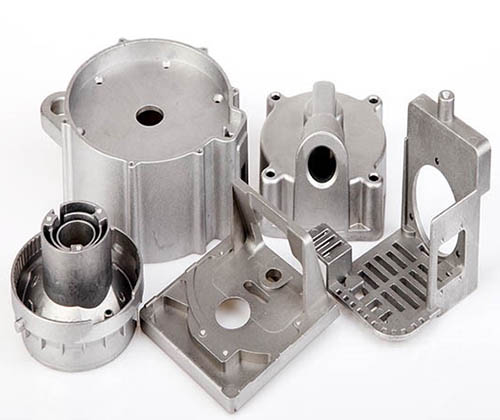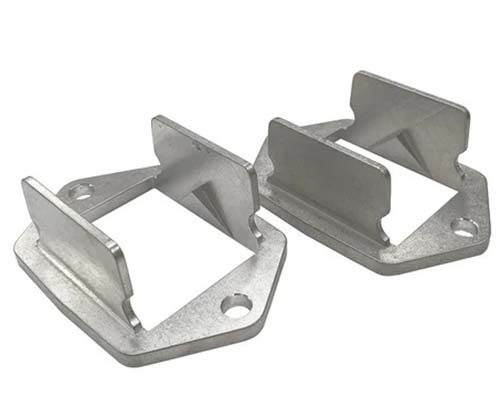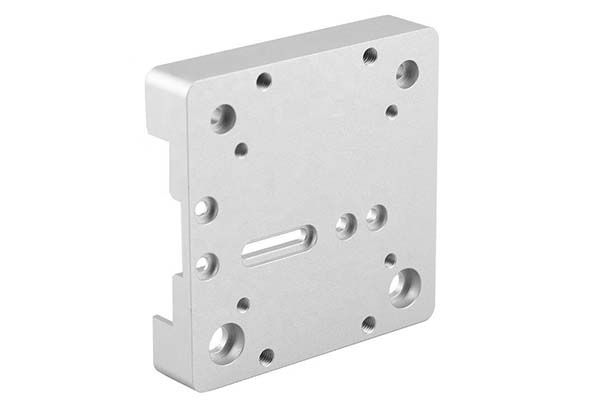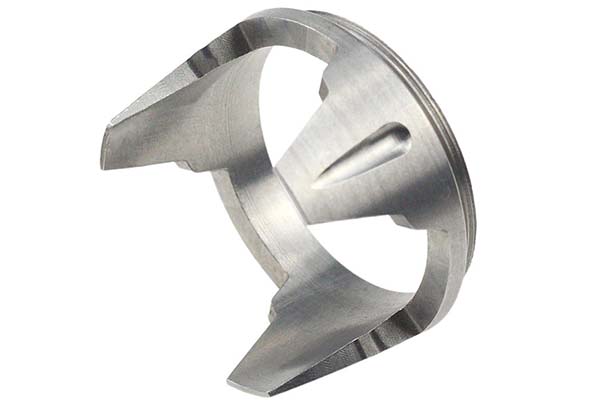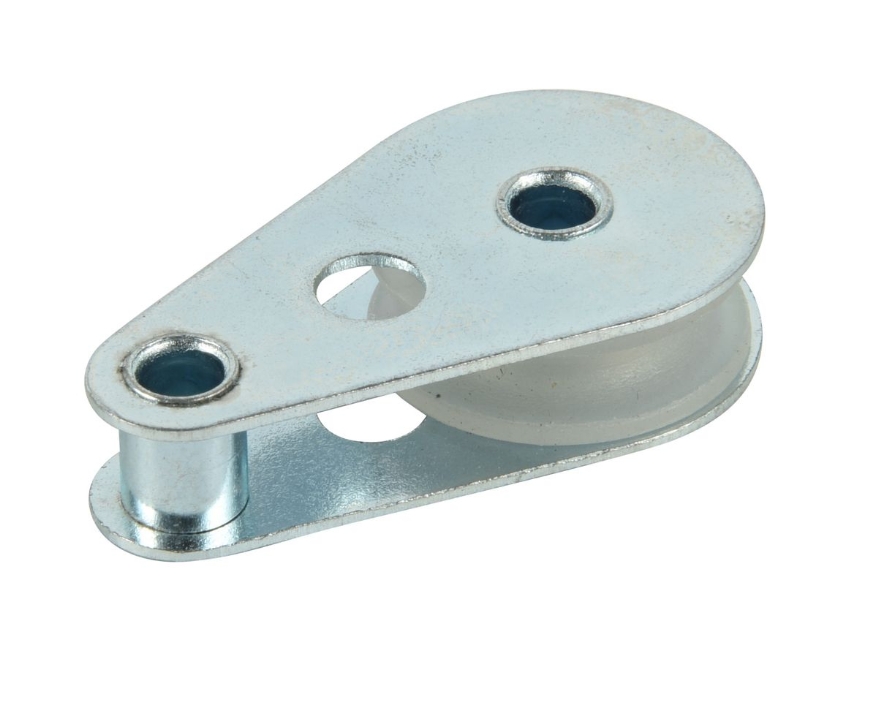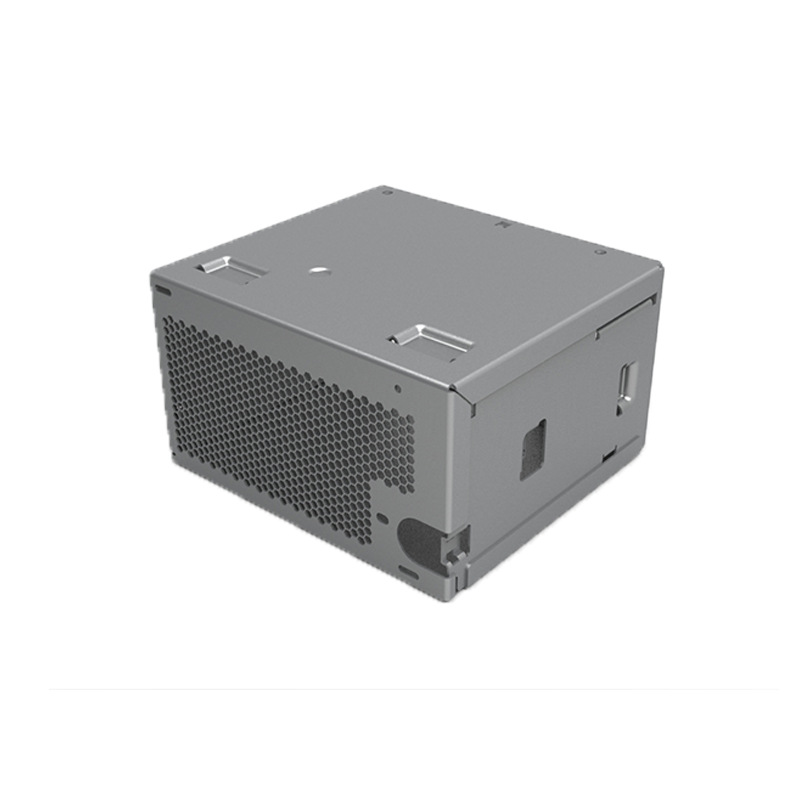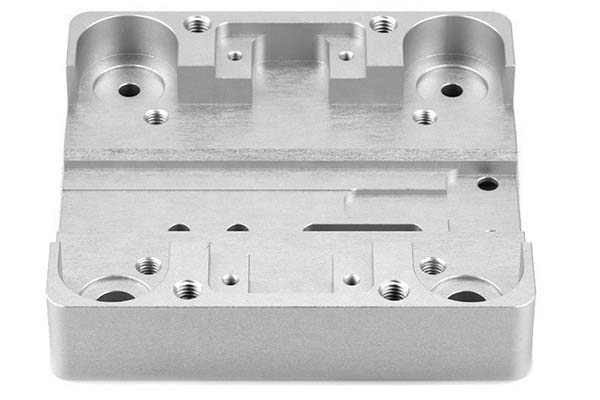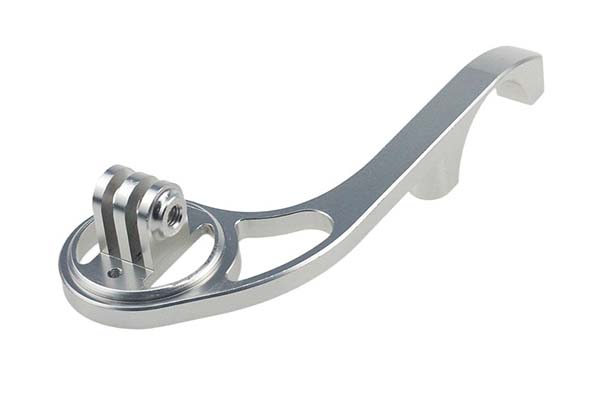Manufacturers often seek a balance between performance and cost when choosing materials for stamping projects. While austenitic grades like SUS304 offer exceptional formability, their high nickel content drives up costs. On the other hand, cheaper carbon steels lack corrosion resistance. This is where Metal Stamping SUS430 (Ferritic) shines—a budget-friendly alternative that delivers reliable performance for many applications. In this guide, we’ll address the unique challenges of stamping SUS430, from its material properties to proven techniques, helping you maximize its potential while avoiding common pitfalls.
SUS430 Ferritic Properties: The Balance of Strength and Affordability
SUS430 is a ferritic stainless steel defined by its 16–18% Cr, low Ni (≤0.5%) composition. This chemistry creates a body-centered cubic crystal structure that imparts distinct properties:
- Mechanical Performance: With a tensile strength of 450 MPa and yield strength of 205 MPa, it matches SUS304 in basic strength but differs in ductility—boasting an elongation of 22%, which is sufficient for moderate forming operations.
- Magnetic Behavior: Unlike austenitic grades, SUS430 is magnetic, making it suitable for applications like sensor components where magnetic properties are required.
- Hardness: With a maximum hardness of 183 HB, it’s slightly softer than SUS304, reducing tool wear during stamping.
- Thermal Conductivity: Higher than austenitic stainless steels, it dissipates heat more efficiently—advantageous for heat-exposed parts like oven components.
- Weldability (limited): Welding can reduce corrosion resistance due to chromium carbide precipitation, so post-weld annealing is often needed for critical applications.
These properties make SUS430 ideal for cost-sensitive projects that don’t require extreme forming or exposure to harsh chemicals.
Metal Stamping Techniques for SUS430: Adapting to Its Characteristics
Stamping SUS430 requires adjustments to account for its lower ductility compared to austenitic grades. Here’s how to achieve optimal results:
- Progressive Die Stamping: Efficient for high-volume parts like automotive trim, this method benefits from SUS430’s consistent material flow. Ensure each die station minimizes localized stress to prevent cracking.
- Blanking & Piercing: Use carbide tooling to handle its abrasiveness. Opt for higher clearance (8–10% t)—greater than SUS304—to reduce shear stress and extend tool life.
- Bending & Flanging: SUS430 exhibits more springback than SUS304 (typically 3–5 degrees). Use over-bending and bottoming dies to achieve precise angles, and avoid sharp radii (minimum 1.5× material thickness) to prevent cracking.
- Shallow Drawing: Suitable for simple cup shapes, but limit draw ratios to 1.5:1 to avoid necking. Apply lubrication for ferritic steels (mineral-based oils) to reduce friction.
- Tool Wear Monitoring: Check dies for wear every 5,000 strokes—SUS430’s chromium content can cause gradual tool degradation, which affects part quality.
Applications of SUS430: Where It Delivers Value
SUS430’s combination of corrosion resistance, affordability, and formability makes it popular in these sectors:
- Kitchen Appliances: Used in range hoods, sinks, and washing machine drums, where it resists water and mild detergents.
- Automotive Industry: Ideal for trim and mufflers, as it withstands exhaust heat and road debris without the cost of higher grades.
- Architectural Trim: Its matte finish (with surface finish 2B or No. 4) and corrosion resistance suit elevator panels and building facades.
- HVAC Ducting: High thermal conductivity and resistance to moisture make it a cost-effective choice for air handling systems.
- Solar Panel Frames: Balances durability in outdoor environments with lower material costs, supporting renewable energy projects.
Corrosion & Heat Resistance: Knowing Its Limits
SUS430 offers moderate protection but requires careful application:
- 430 Corrosion Resistance: Relies on a chromium oxide layer, providing good resistance to air and fresh water. However, it’s susceptible to chloride pitting susceptibility—avoid exposure to saltwater or high-chloride cleaners.
- 430 vs 304 Comparison: SUS304 outperforms SUS430 in corrosive environments (e.g., salt spray tests show SUS304 resists rust 3–5 times longer). Use SUS430 for indoor or low-moisture applications.
- Heat Resistance: Withstands oxidation resistance to 815°C, making it suitable for oven parts and cyclic heat exposure in appliances.
- Enhancements: Surface passivation (using nitric acid) improves corrosion resistance by thickening the chromium oxide layer. Avoid welding unless necessary, as unannealed welds are prone to rust.
Manufacturing & Quality Control: Ensuring Consistency
Maintaining quality with SUS430 requires adherence to standards and rigorous checks:
- Standards Compliance: Follow ASTM A240 and JIS G4305 for material specifications, ensuring consistent chemistry and mechanical properties.
- Dimensional Control: Maintain thickness tolerance ±5% and flatness ≤2 mm/m to prevent uneven stamping results.
- Surface Inspection: Check for defects like roll marks or scratches, ensuring finishes meet 2B (matte), BA (bright), or No. 4 (brushed) specifications.
- Testing: Conduct salt-fog tests per ASTM B117 (typically 24–48 hours for SUS430) to verify corrosion resistance. Measure ferrite content (80–90% is optimal) to ensure material consistency.
- Compliance & Packaging: Ensure parts meet RoHS & REACH standards for chemical safety. Use packaging for scratch-free delivery (e.g., interleaved paper or plastic film) to protect surfaces.
Yigu Technology’s Perspective
As a custom manufacturing supplier in China, Yigu Technology leverages SUS430’s cost-effectiveness for clients needing reliable, budget-friendly parts. We optimize stamping parameters—like clearance and lubrication—for its ferritic properties, ensuring consistent quality. Our quality control includes surface inspections and salt-fog testing, making SUS430 a smart choice for appliances, automotive trim, and architectural components where high nickel content isn’t necessary.
FAQs
- Can SUS430 be used in outdoor applications?
It works in dry climates but may rust in humid or coastal areas. For outdoor use, apply a protective coating or choose SUS304 for better corrosion resistance.
- How does SUS430 compare to SUS304 in stamping cost?
SUS430 is 20–30% cheaper due to lower nickel content, making it ideal for high-volume, cost-sensitive projects where extreme formability isn’t needed.
- Is welding SUS430 advisable for stamped parts?
Welding is possible but may reduce corrosion resistance. For critical parts, use low-heat welding techniques and post-weld annealing to restore properties.
